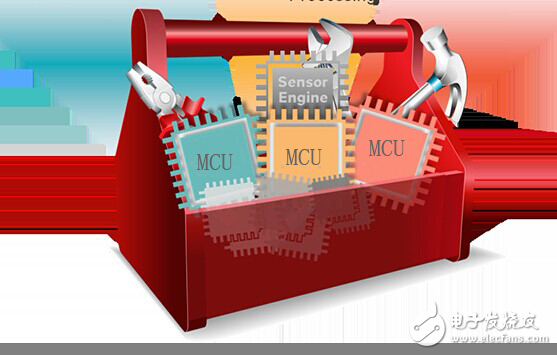In the current industry, electronic control is the control of input and output. The relationship between them is like a "black box". The input Voltage and output voltage are never equal to the power supply voltage in this "black box" unless the system has Specific relays, so the incoming signal needs to be converted to the value we need. The 24V DC voltage is probably the most widely used for industrial voltages, followed by 120V AC in North America and 230V AC in other regions. Usually, a large number of input signals or output signals are necessary, but the microcontroller does not have so many pins. This problem can be solved by using a shift register, and many manufacturers' shift registers are available for selection. These registers consist of source and sink current drivers that can drive up to 60V and are serial input drivers with up to 32 outputs. Even so, in some cases, the output current is not high. These are especially important for driving relays, LEDs and even PLC inputs. The line density of the board is reduced because of the serial connection, so optical isolation is easy. TI, Sprague (now Allegro) worked with several second suppliers like Micrel and developed dozens of devices like vacuum fluorescent starters and peripheral drivers. Product models like the TL5810 and UCN5812 are in my memory. I want to use them again. Unfortunately, manufacturers seem to be slowly determining that there are many loopholes in this market. Perhaps this is a conspiracy against me. In my opinion, there are also the following options: 1. 8-bit addressable latches for TI power logic classes like the TPIC6A259 are available; 2. ST's STP16CP05 16-bit LED driver has an adjustable current limit function, but only 15V output; 3. Freescale has a 16-bit output switch (MC33996) that can reach 50V output voltage (if I am not mistaken); 4. The standard serial to parallel shift register can drive the standard Darlington tube (ULN2803) open collector driver. Although these manufacturers are fewer and fewer, after using these drivers, you can use any microcontroller pin to connect any a drive; 5. Supertex (now part of Microcore Technology Inc.) has developed several high voltage devices like the HV5222. They may also introduce an 80V HV5812, which is similar to the TL5812; For the sake of content integrity, I would like to propose the following input and output devices to choose from, but these all have the same problem, because their I / O pins can not handle high voltage; 6. 16-bit MCP23017 from Microchip Technology; 7. Maxim has several devices with parallel serial ports, such as the MAX7313; 8. NXP has several devices like the PCA9535. In fact, the PCA9505 has a 40-bit I/O interface. So, this is the current situation, do you know other better options?
You will find many types of 18650 cells in the market in the price range $1 to $10, but which are the best?
I will highly recommend to buy 18650 cells from branded companies.
These cells that have well documented performance characteristics and excellent quality control.
Reputed brand 18650 cells are generally costly, but if you consider for long time use then they are worth to have it.
18650 laptop, 18650 aa, 24vdc battery Ji'an Powercom New Energy Co., Ltd. , https://www.expowercome.com
- Electronic enthusiast network compiled, please indicate the source!
October 02, 2020